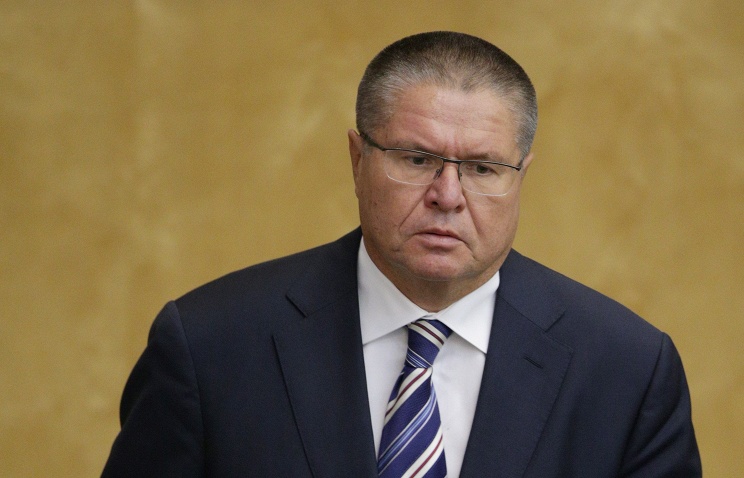Recovery growth of the Russian economy may start in 2016, Russian Minister of Economic Development Alexey Ulyukayev said.
“If oil prices stay at their current level of $60 per barrel, and the external factor of sanctions stays in place, making it highly difficult to refinance loans abroad and thus triggering a high capital drain, we believe that recovery growth of the economy, although minor, is possible from 2016,” he told the Russia 24 TV channel.
He said GDP growth would gradually near a potential index of 2-3% a year.
So far, in his words, in conditions of the current situation on the oil markets and Western anti-Russian sanctions economic slump in 2015 will be about 3%.
At the same time, he noted that it was inexpedient to freeze prices on socially significant goods, including food products, since it may transform inflation to a hidden form of merchandise shortages. “It is absolutely inexpedient, since it will mean that open inflation we can more or less cope with will transform into a hidden form of merchandise shortages.
This is a highly dangerous and absolutely irrational path,” he said, adding that if prices were frozen, entire groups of products would vanish from store shelves. “We must refrain from such measures,” he noted.
Inflation
Inflation in Russia in 2015 will total some 10%, Ulyukayev said. “In 2015, inflation will be about 10%, December on December (2014),” he said.
The Russian Ministry of Economic Development has prepared a simple scenario for development of Russian economy at a price of $40 per barrel, Ulyukayev said.
“We are building some simple scenario models. For example, we have made simple calculations based on a price of $40 per barrel,” Ulyukayev said.
It is inexpedient to freeze prices on socially significant goods, since it may transform inflation into a form of merchandise shortage, the minister added.
Ruble Recovers
The ruble has seen a full week of recovery after its drastic 20 percent drop on December 16 dubbed as ‘Black Tuesday.’ This was triggered by the call from the Russian government for businessmen to sell currency earnings.
The Russian ruble closed Friday session at 54 against the US dollar, which compares to the average of 56 on Monday.
“We are now seeing how the ruble is strengthening. It is now approaching, in my view has already approached, the area of a balanced rate, which is also called a fundamental one,” Ulyukaev said.
A drastic drop in the ruble’s exchange rate has triggered some of Russia’s biggest exporters in agriculture and energy to either accumulate foreign currency earnings or increase sales overseas.


